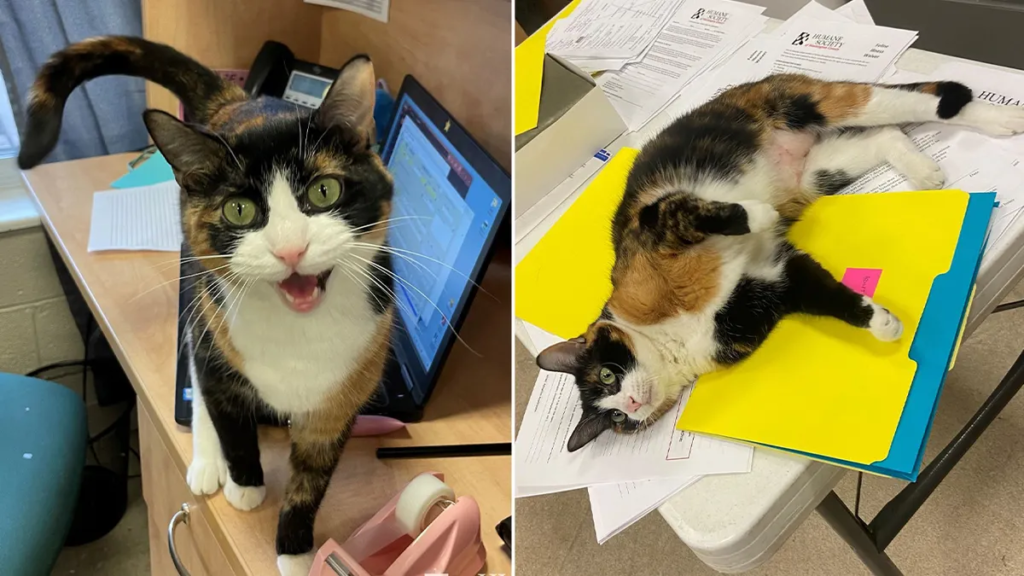Introduction to the Site of a Stereotypical Cat Rescues
Stereotypical cat rescues often conjure images of cozy sanctuaries filled with feline friends awaiting loving homes. These sites play a crucial role in caring for abandoned or stray cats, providing them with shelter, medical attention, and eventual adoption.
Key Features of an Ideal Site of a Stereotypical Cat Rescue
When searching for the perfect location for a stereotypical cat rescue site, several key factors should be considered to ensure the well-being of the cats and the success of the rescue operation:
1. Accessibility and Location
- Proximity to Residential Areas: Ideally, the site should be easily accessible to potential adopters and volunteers.
- Transportation Links: Close proximity to public transportation or major roads facilitates visits and logistics.
- Quiet Environment: A serene and calm location away from noisy environments reduces stress for the cats.
2. Facility Requirements
- Space and Layout: Sufficient indoor and outdoor space for cats to roam and play is essential.
- Quarantine Areas: Separate areas for new arrivals to prevent the spread of illnesses.
- Comfortable Living Conditions: Adequate heating, ventilation, and natural light contribute to the cats’ well-being.
3. Safety and Security Measures
- Fencing and Enclosures: Secure fencing around outdoor areas prevents escapes and protects cats from predators.
- Emergency Protocols: Established protocols for emergencies ensure swift response to medical or safety issues.
4. Volunteer and Visitor Amenities
- Volunteer Facilities: Comfortable areas for volunteers to rest and interact with cats during their shifts.
- Visitor Experience: Welcoming reception area and informative displays enhance the visitor experience and encourage adoptions.
5. Community Considerations
- Zoning and Regulations: Ensure compliance with local zoning laws and regulations for animal shelters.
- Community Integration: Building positive relationships with the local community fosters support and adoption opportunities.
Researching Potential Stereotypical Cat Rescue Sites

Finding the best location for a stereotypical cat rescue involves thorough research and evaluation:
- Site Visits: Schedule visits to potential sites to assess suitability firsthand.
- Consulting Experts: Seek advice from veterinarians, animal behaviorists, and experienced rescue operators.
- Environmental Impact: Consider the environmental impact of the site and its surroundings on the cats.
Conclusion
Choosing the site of a stereotypical cat rescue involves balancing practical considerations with the well-being of the cats and the needs of the community. By prioritizing accessibility, safety, and comfort, you can create a sanctuary that not only meets the needs of rescued cats but also enriches the lives of volunteers and visitors alike.
Investing time and effort in selecting the right location ensures the success and sustainability of your cat rescue operation for years to come. Whether you are starting from scratch or relocating an existing rescue, these guidelines about site of a stereotypical cat rescue will help you create a haven for cats in need.
For more information on creating a stereotypical cat rescue site that stands out, contact us today. Together, we can make a difference in the lives of our feline friends.
Here are some FAQs related to the keyword “Site of a Stereotypical Cat Rescue”:
FAQs About Choosing a Site of a Stereotypical Cat Rescue
1. What factors should I consider when selecting site of a stereotypical cat rescue?
- Accessibility: How easy is it for potential adopters, volunteers, and suppliers to reach the site?
- Space: Does the site provide enough room for indoor and outdoor activities for cats?
- Safety: Are there potential hazards nearby that could endanger the cats or visitors?
- Community: How supportive is the local community of animal welfare initiatives?
- Regulations: What zoning laws and permits are required to operate a cat rescue in this location?
2. How can I ensure the site is suitable for housing rescued cats?
- Facility Conditions: Are the buildings in good repair, with adequate heating, ventilation, and lighting?
- Outdoor Space: Is there secure fencing or enclosures to prevent escapes and protect cats from predators?
- Quarantine Areas: Are there separate spaces for isolating new arrivals to prevent the spread of diseases?
3. What amenities should a good cat rescue site offer?
- Volunteer Facilities: Are there comfortable spaces for volunteers to rest and interact with the cats?
- Visitor Experience: Is there a welcoming reception area and informative displays about the cats available for adoption?
- Medical Facilities: Are there facilities or arrangements for veterinary care on-site or nearby?
4. How can I assess the environmental impact of a potential cat rescue site?
- Surroundings: What is the noise level and air quality like in the vicinity of the site?
- Wildlife Interactions: Are there risks of interactions between domestic cats and local wildlife?
- Eco-friendly Practices: Can the site support sustainable practices, such as waste management and energy efficiency?
5. What steps should I take before finalizing a site for a cat rescue?
- Site Visits: Have you conducted thorough visits to assess the condition and suitability of the site?
- Consultation: Have you sought advice from veterinarians, animal behaviorists, and experienced rescue operators?
- Legal Considerations: Have you reviewed all local laws and regulations regarding animal shelters and rescue operations?
6. How can I involve the community in supporting a cat rescue at the chosen site?
- Community Outreach: Can you organize events, workshops, or fundraisers to raise awareness and support?
- Volunteer Programs: Are there opportunities for local residents to volunteer or foster cats?
- Adoption Events: Can you host adoption events to encourage the community to adopt rescued cats?
7. What are the long-term considerations for maintaining a cat rescue site?
- Sustainability: How will you ensure ongoing funding and resources to support the operation?
- Expansion: Is there potential to expand the facilities if the rescue grows in size or scope?
- Health and Safety: How will you regularly assess and maintain the health and safety standards for the cats and staff?
These FAQs provide a comprehensive overview of considerations when selecting and maintaining a site of a stereotypical cat rescue, ensuring the welfare of rescued cats and the success of the rescue operation.

